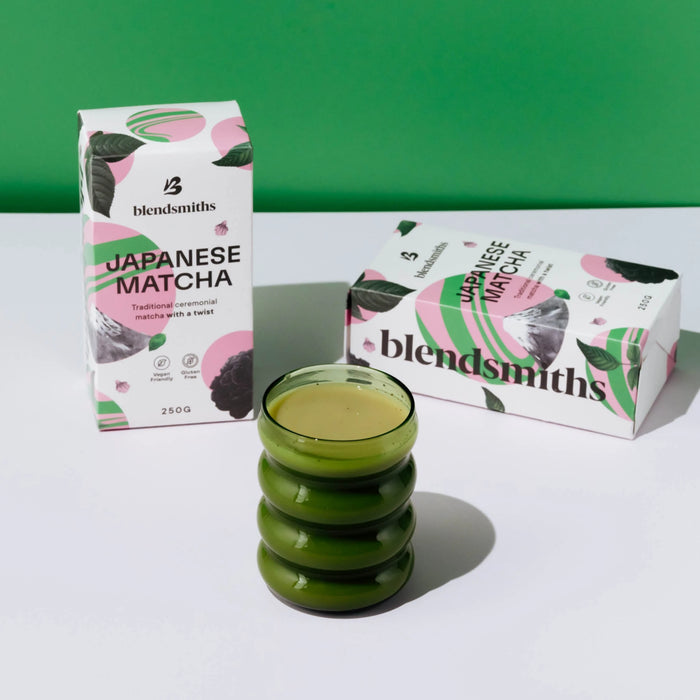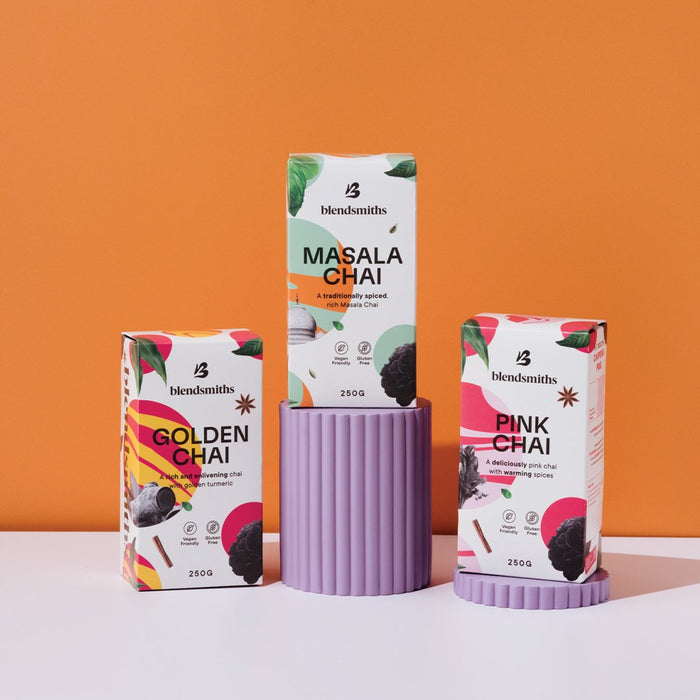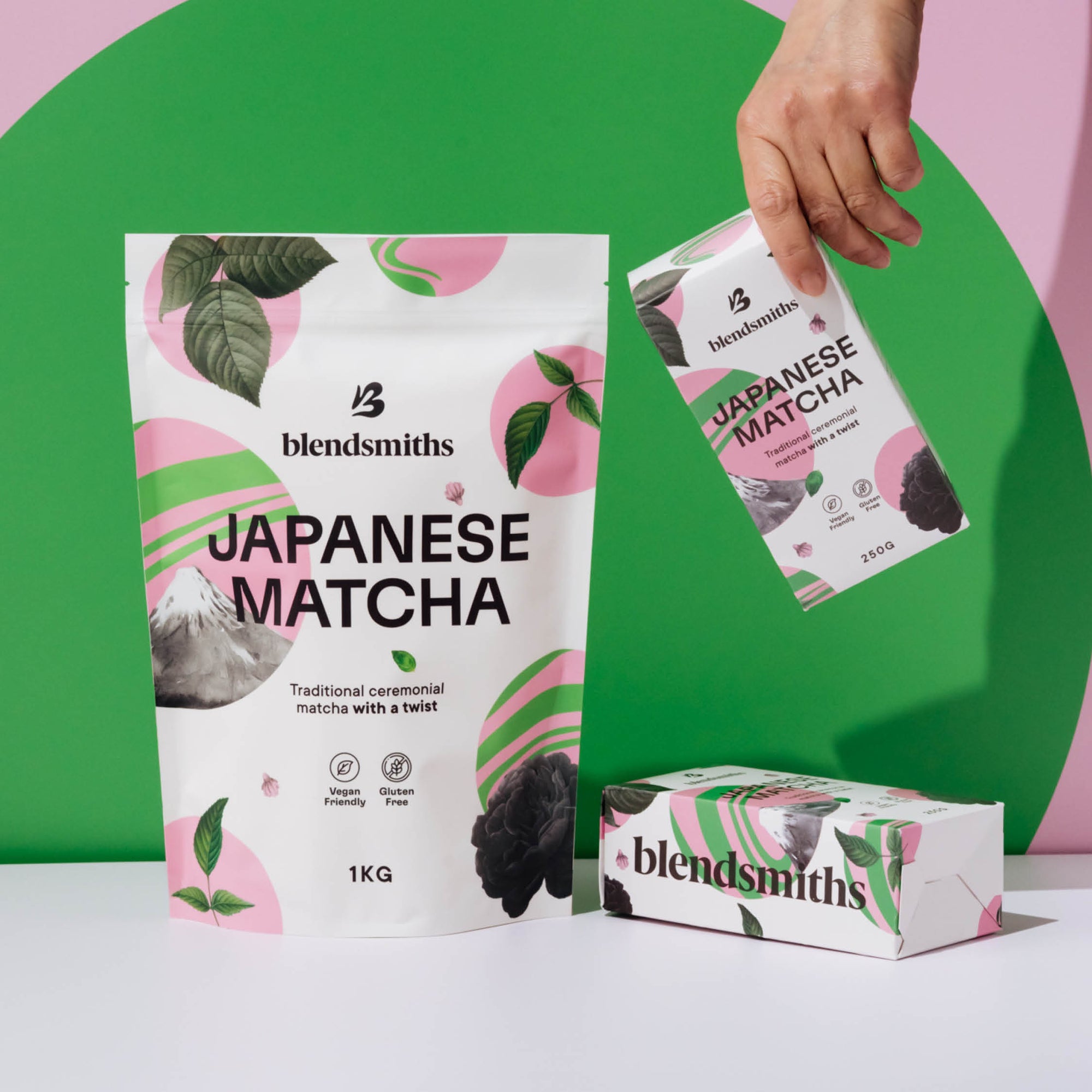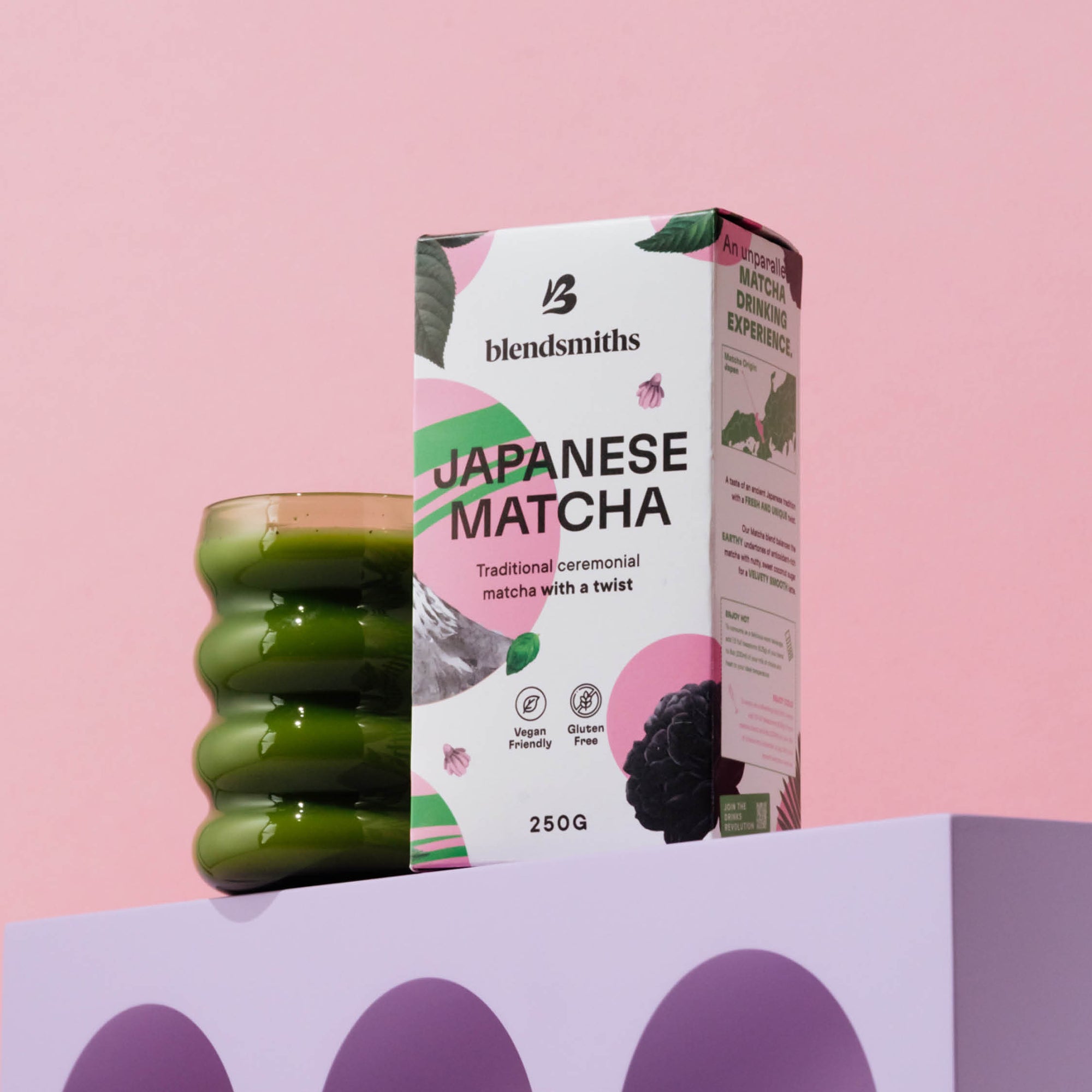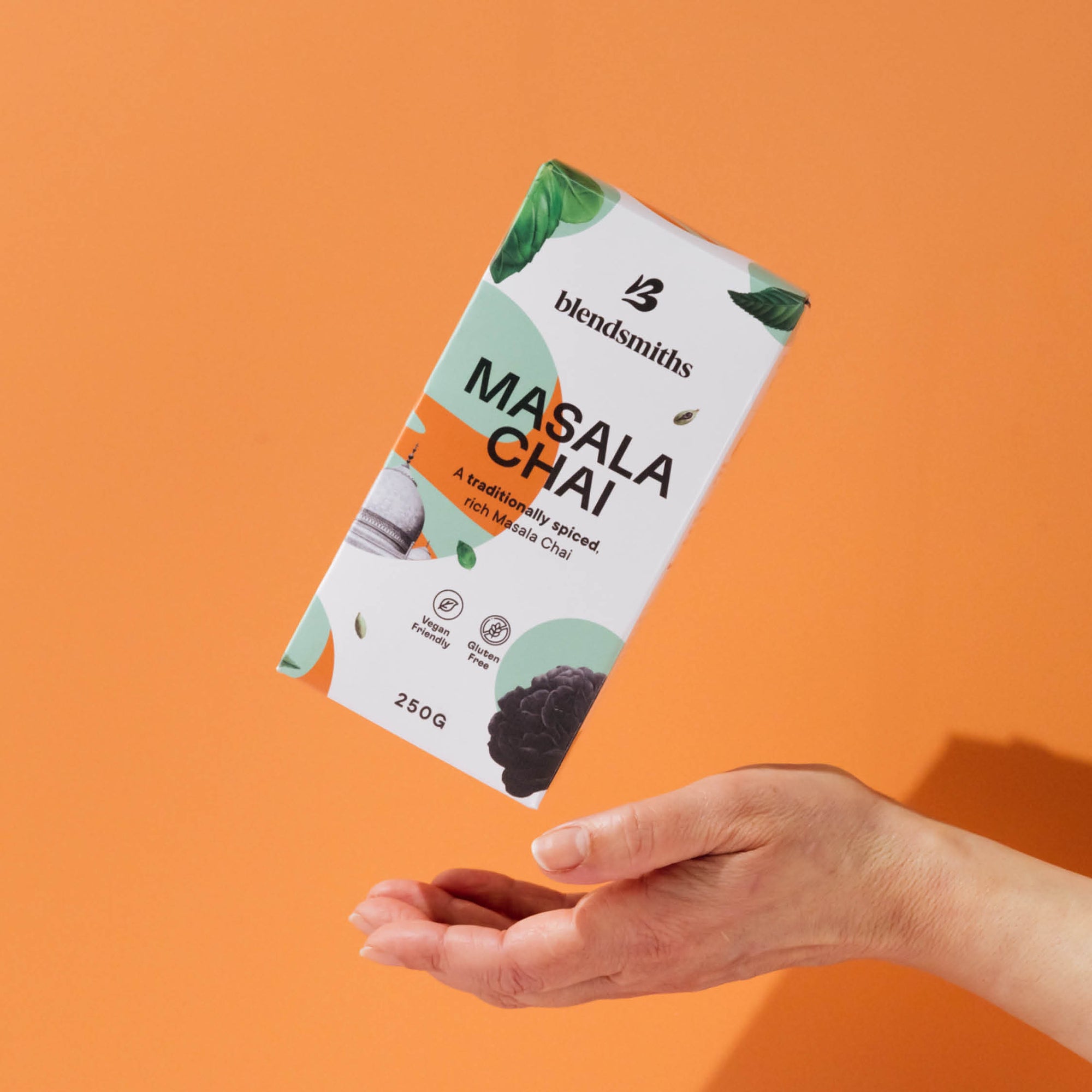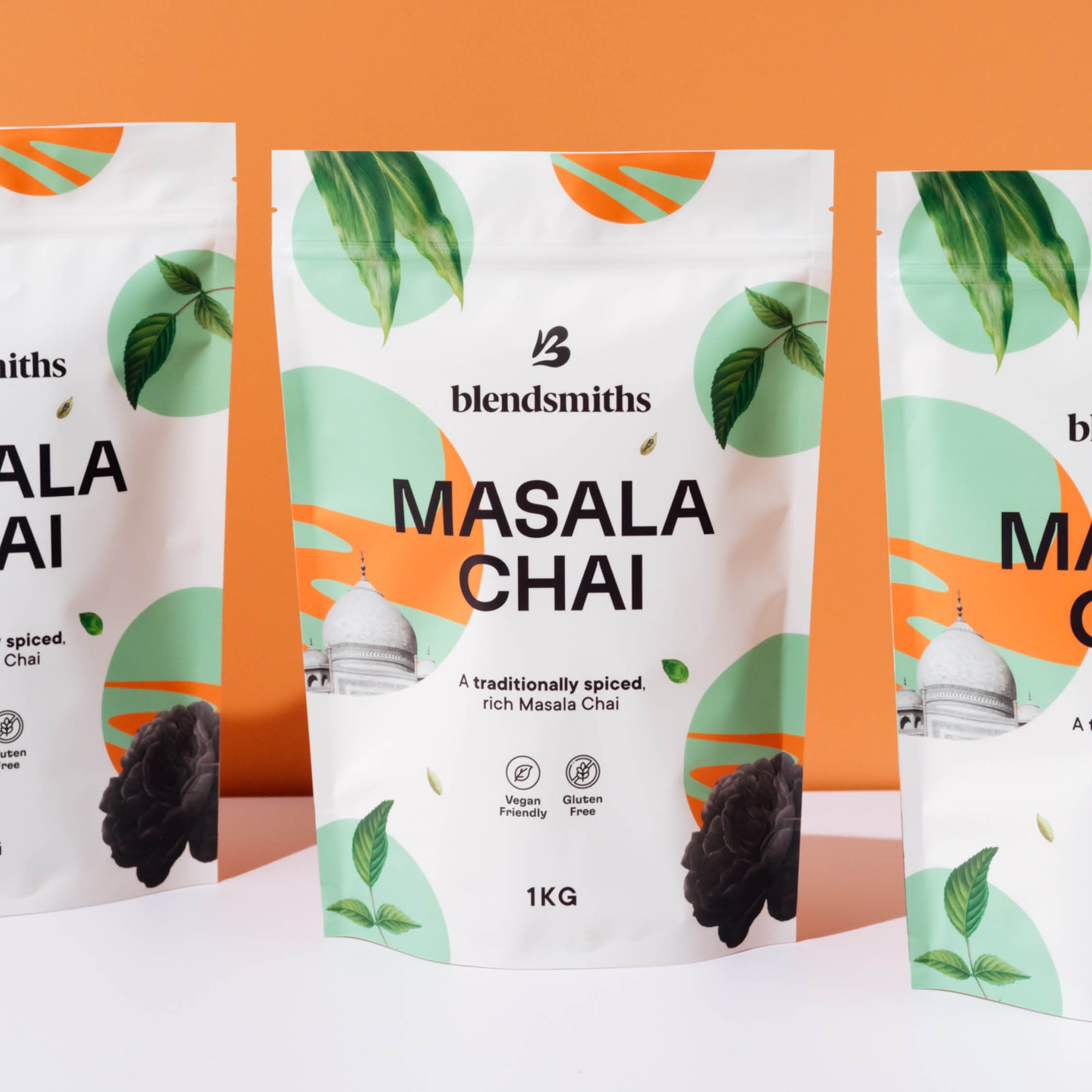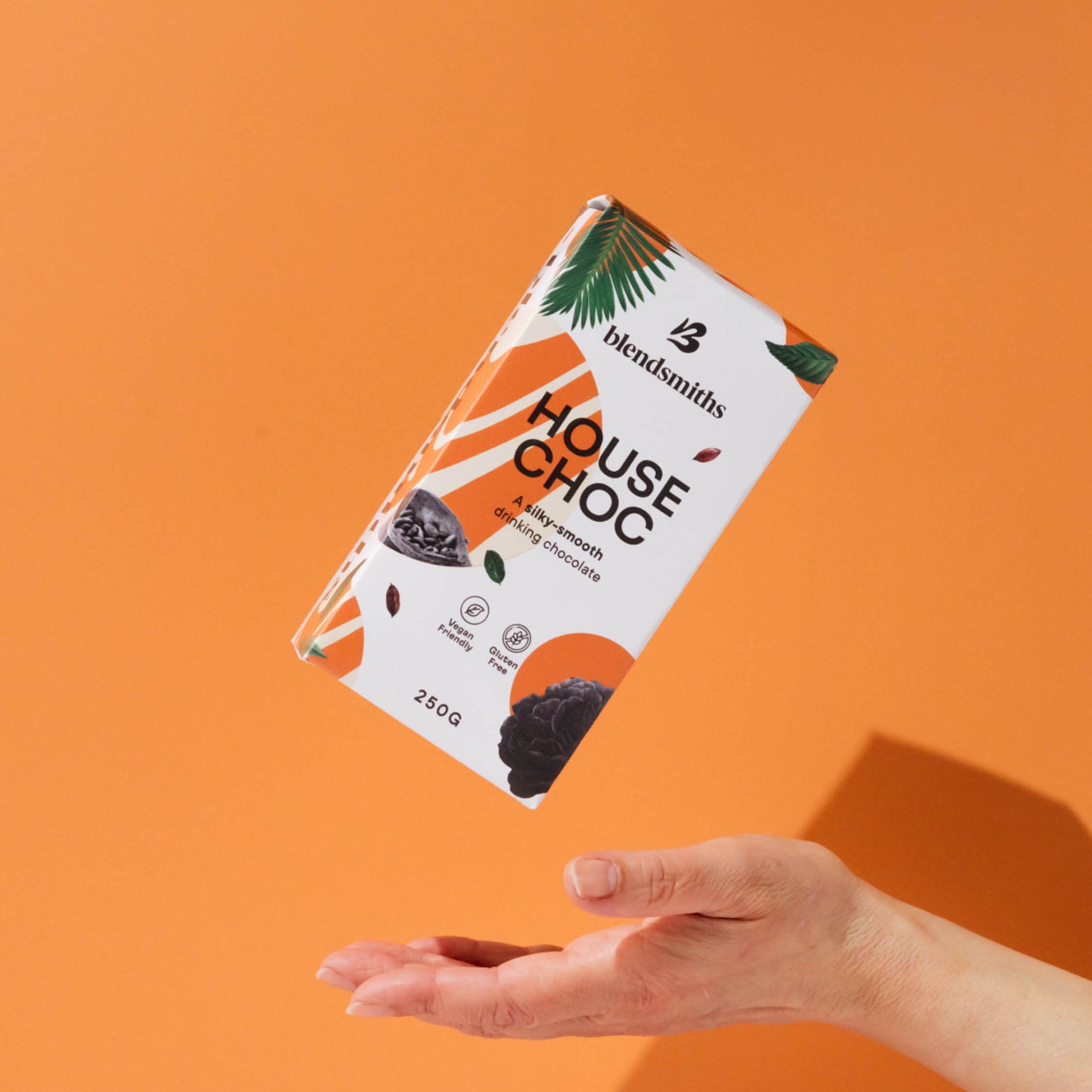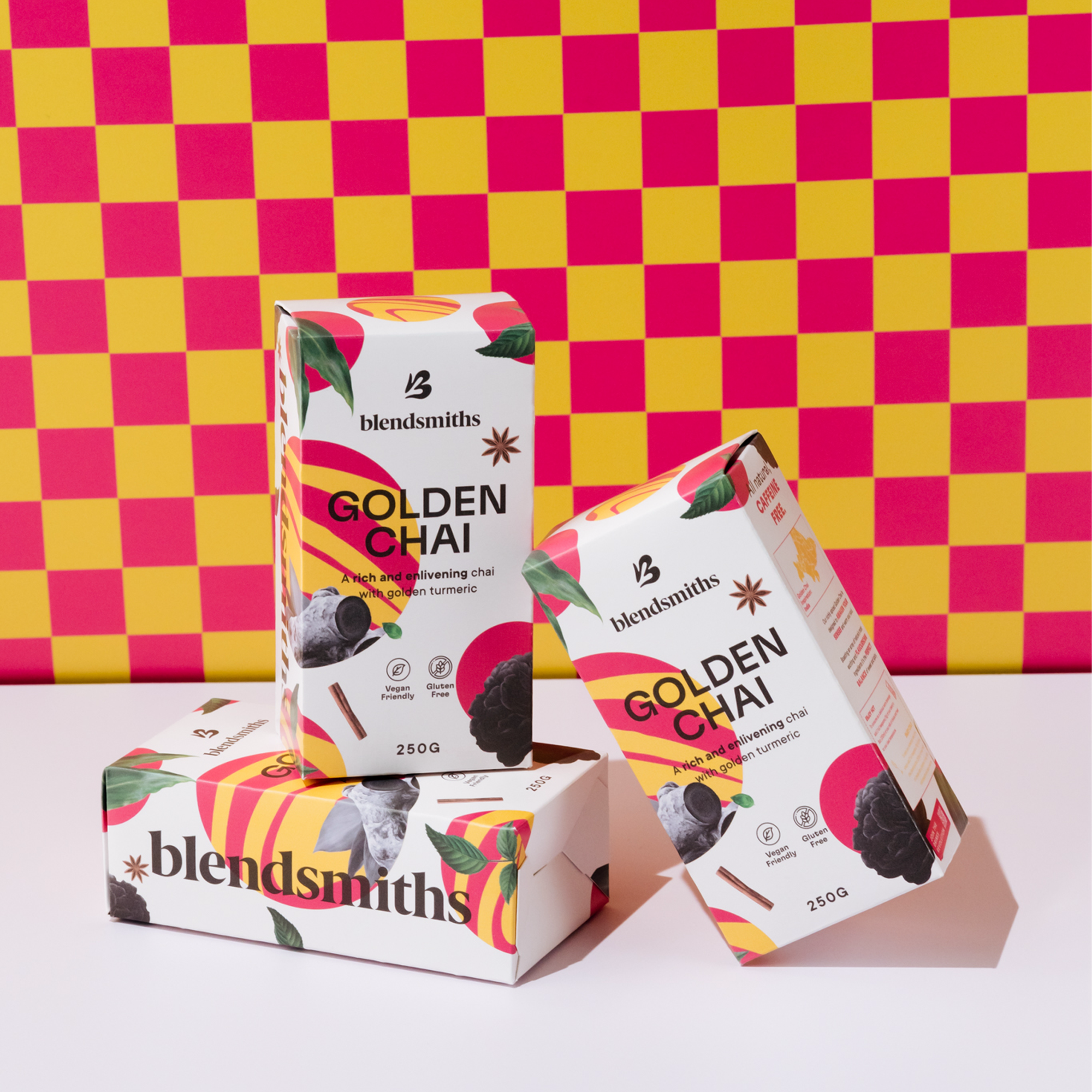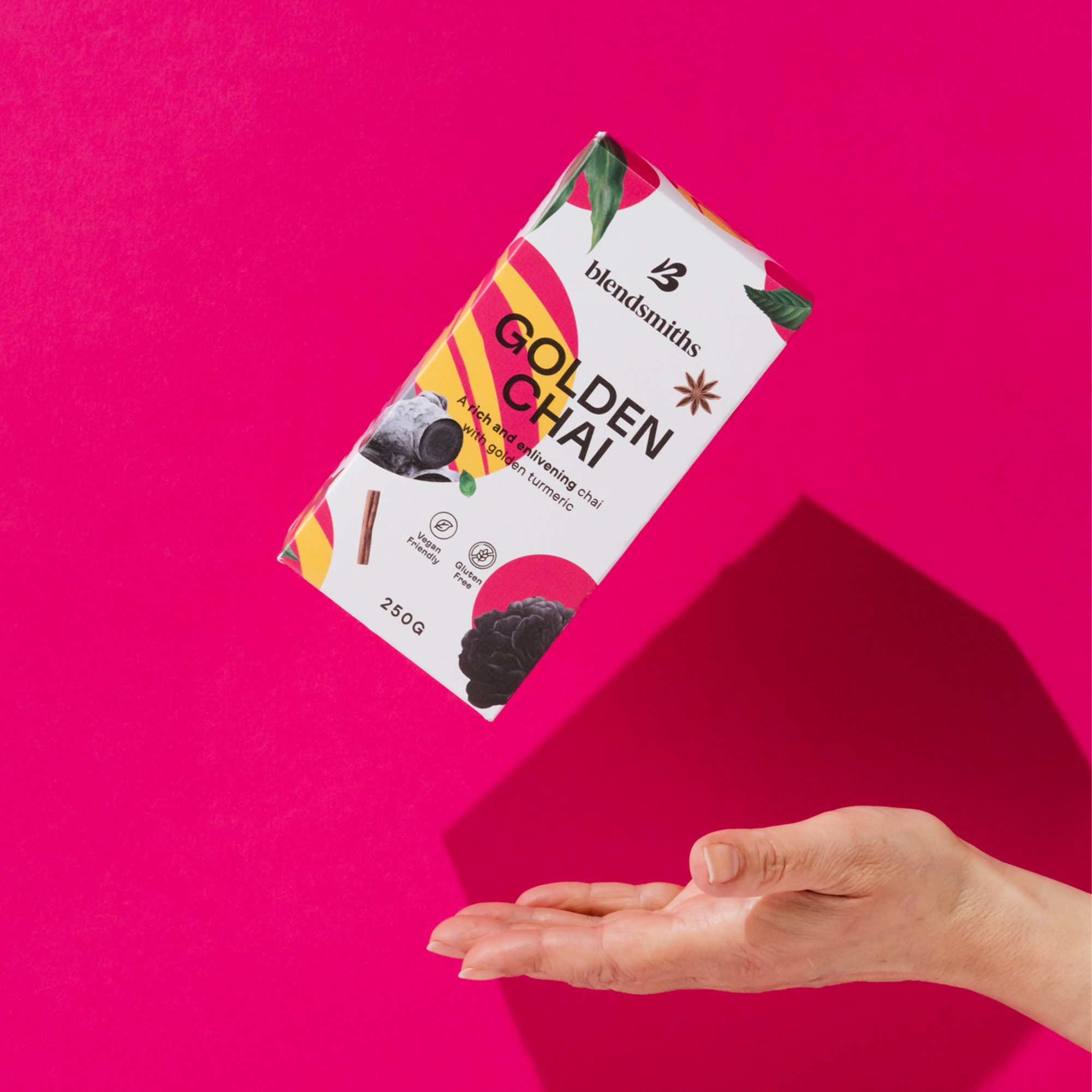· Harriet Evans
Tea Ceremony
How did you consume your last drink? Was it a takeaway espresso before hopping on the bus, finished in a few gulps? Maybe you sipped it at your desk whilst grappling with Monday morning emails? Or perhaps it was enjoyed as a sidekick to the TV and Instagram scrolling. Do you remember the last time you just sat with your beverage of choice, distraction-free?
The Japanese Tea Ceremony (chanoyu or sado in Japanese) is a beautiful ritual that is becoming increasingly popular. It is a traditional way of preparing matcha tea as a ceremonious act, usually done in a communal setting with a guide who prepares the drink.
The Japanese Tea Ceremony has ties to Zen Buddhism, and the practice can be traced back to the 9th century CE. It highlights the beauty of simple actions and the importance of being fully present. Free from distractions, the drink is consumed in a peaceful environment and shared in a space with others; it is a practice of mindfulness.
We see a set of rituals played out in the ceremony with movements done in a specific order—both deliberate and thoughtful. The connection between the host, the person preparing the tea, and the guest is a meaningful one and helps to foster positive relationships with others.
The ceremony teaches us the importance of slowing down and savouring the here and now. Mindfulness is about being engaged and present in the moment, whether that’s noticing the sound of the matcha being whisked in the bowl or the umami taste of the matcha tea—it is a meditative experience that promotes a sense of peace and clarity. Its intentional nature helps to quieten the mind and reduce stress—a sanctuary of tranquillity from our busy lives. When we find joy in simplicity, we cultivate a feeling of gratitude for what we have. There is joy in something as small as a bowl of tea!
Your own ceremony
In a traditional tea ceremony, guests would sit in the seiza position in a tatami room, under low-level lighting. The tea would be prepared by the host in front of their guests using a tea bowl, chasen (tea whisk) and chashaku (scoop). The guest would pick up the bowl with their right hand and transfer it to the left palm. Then it would be turned clockwise around 90 degrees before drinking. Once the tea is finished, the bowl is turned so it faces the host—a refill may be offered.
If you’re inspired by the principles of the Japanese tea ceremony and wish to incorporate more mindfulness into your routine, Blendsmiths have the Matcha Tea Set, which contains everything needed to recreate your experience at home. The kit includes 100% ceremonial-grade Japanese matcha, a Japanese handcrafted ceramic bowl and whisk holder, bamboo whisk, and scoop.
Conducting your tea ceremony at home
Preparation: Cleanse your tea utensils (tea bowl, whisk, tea scoop, and tea caddy) to ensure they are pure and ready for use.
Setup: Arrange the utensils neatly in your chosen space, creating a calm and serene environment.
Sifting Matcha: Sift the matcha powder into the tea bowl using a fine sieve to ensure there are no clumps.
Adding Water: Pour hot water (about 70–80°C) into the bowl over the matcha powder.
Whisking: Use a bamboo whisk to briskly stir the mixture in an “M” or “W” motion until it becomes frothy and smooth.
Serving: Present the tea bowl to yourself or your guest with the most beautiful side facing outward.
Receiving the Tea: If serving yourself, turn the bowl slightly to avoid drinking from the front, and take a sip, savouring the taste.
Appreciation: Take a moment to appreciate the flavour and the effort put into preparing the tea.
Concluding: Clean the utensils again, signalling the end of the ceremony, and reflect on the experience with a sense of mindfulness and gratitude.
It’s not just about matcha
The idea of a matcha tea ceremony might seem like a lot to bring into your daily routine, especially since these ceremonies can be multi-hour events. Matcha might also not be the drink for you if you’re avoiding caffeine completely. However, the practice of the Japanese tea ceremony can inspire the way we consume all drinks. We don’t need to be in a dimly lit tatami room in Japan to appreciate the simplicity of consuming a drink in a mindful way. The key is slowing down, removing distractions, and consuming your beverage mindfully.
We can enjoy the warm spices of a masala chai sat peacefully in a local café (phone switched to silent), or take time to sip a hot chocolate, appreciating the pleasure of a warm and decadent drink to end a hectic day. You might be sitting quietly with a close one, experiencing your first-ever beetroot chai—noticing the new flavours and basking in the joy of trying something different. The Japanese tea ceremony is an ancient practice that should inspire us all to slow down, mindfully consume, and be grateful for the small, simple acts in each and every day.


